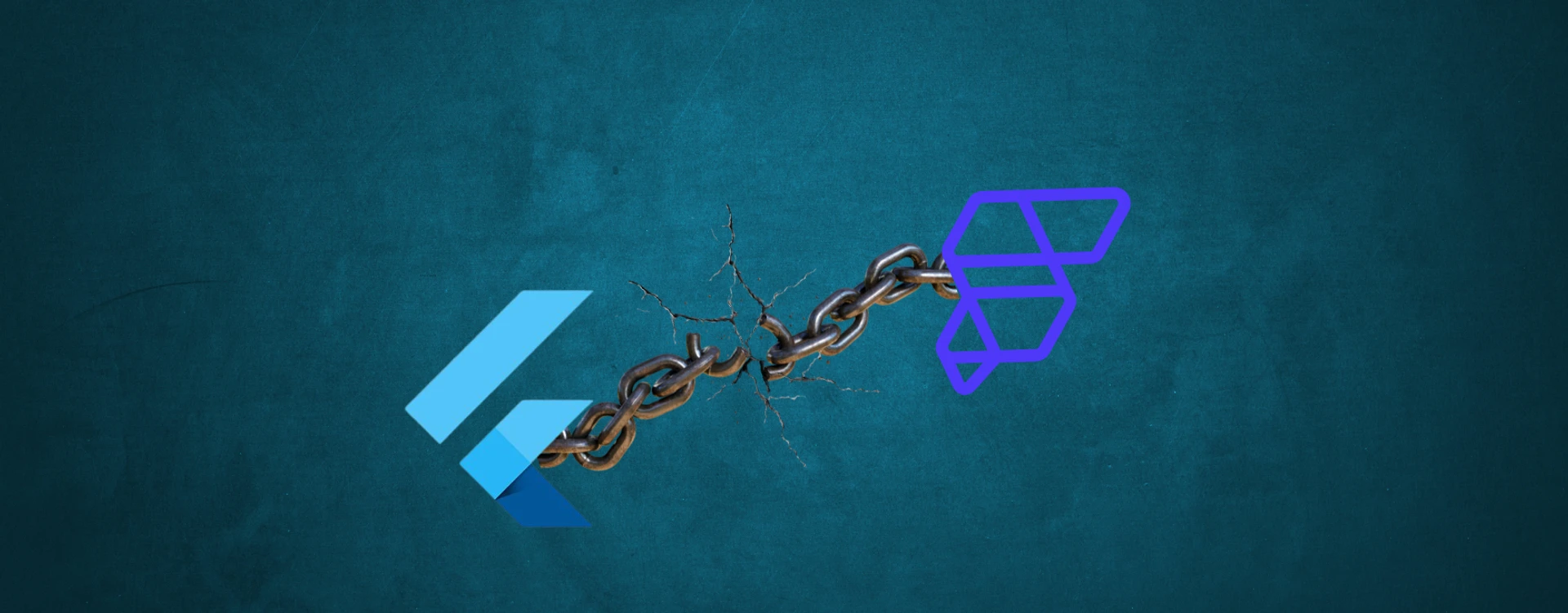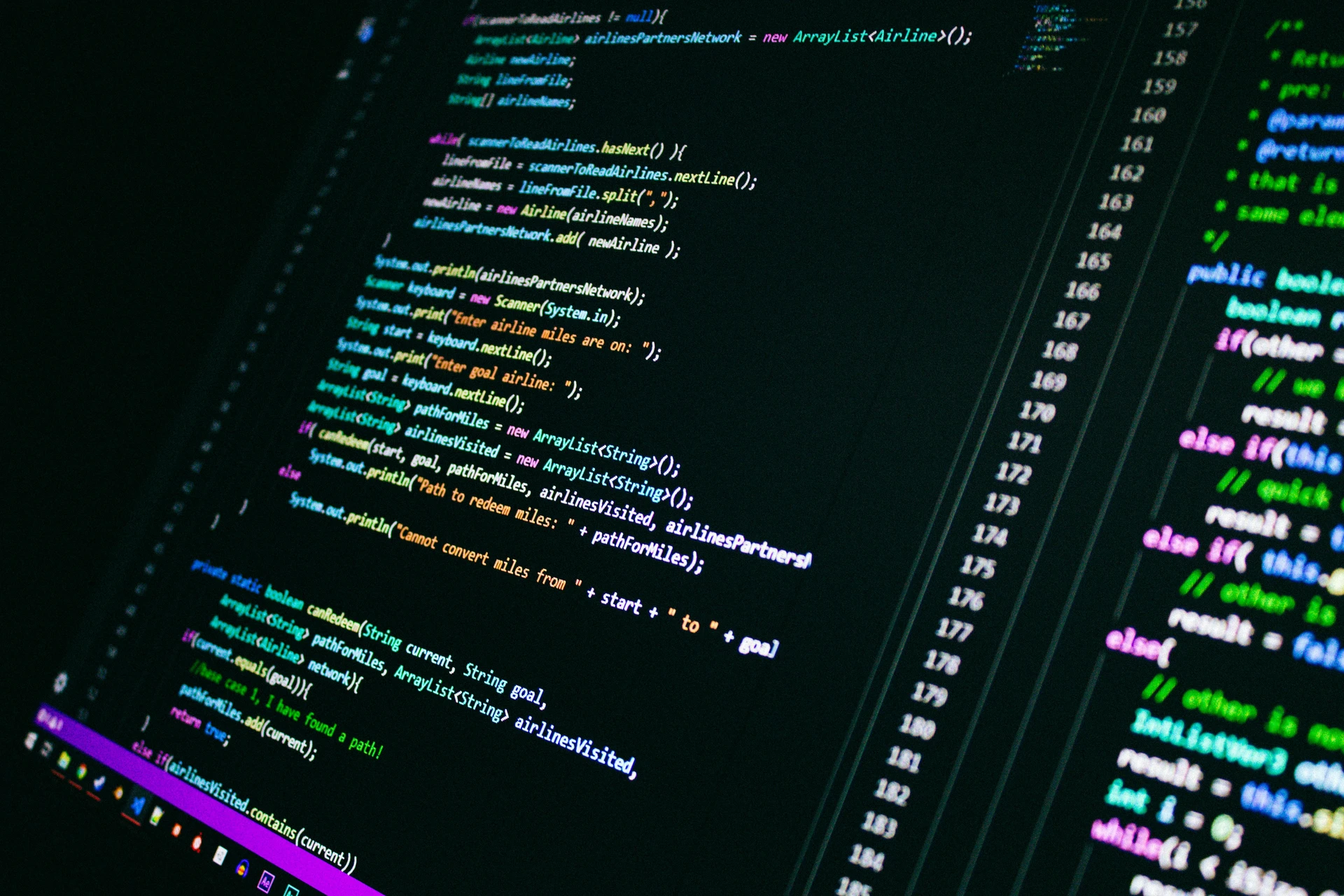
Is It Time To Leave FlutterFlow?
FlutterFlow is amazing for rapid development, but as your application grows, you may find yourself fighting the framework more often than it helps you.
FlutterFlow is not Flutter
Although their marketing materials imply it, Flutter codebases exported from FlutterFlow are not particularly robust or scalable.
They're chaotic, with tangled code; a structure that allows FlutterFlow to function properly as a visual builder, but at the expense of maintainable and extendable code.

Architectural problems
It's definitely handy to get Authentication, Push notifications, and Third-party integrations like Stripe or Google Maps working with the click of a button.
But FlutterFlow's approach to these integrations under the hood is inflexible and difficult to debug – relying on a patchwork of cloud functions and hidden triggers that can be impossible to locate when things go wrong.

Growing costs
FlutterFlow recently implemented a pretty major price hike; locking many users out of collaborator seats, development environment workflows, and many more features we used to rely on.
At a certain point it comes time to ask: is FlutterFlow even necessary?

What we'll do is migrate your project out of the FlutterFlow ecosystem, setting up all the tools and infrastructure you need to transform your app into a scalable, production ready, developer-friendly tech stack, while simultaneously dropping your monthly operating costs.
Migrating away from FlutterFlow
Our approach
But what Stack would I be transitioning to?

Firebase
We'll preserve your existing Firebase project as it is, so services like Auth, Firestore, and FCM will continue to work as normal.

Supabase
If your primary database is in Supabase, we'll extend it out to create development database instances so you can freely work on new features without risking your production data as you work.

Python
FlutterFlow tends to shoehorn important backend logic into the app bundle itself. We move this logic to a dedicated, easy-to-reason-about API written in Python, and hosted in GCP.

n8n
If the Python API is a little too much coding for your taste, we can also deploy instances of n8n, a visual builder for creating any backend task you can think of.
Google Cloud Platform
Most of your new stack will live in Google Cloud Platform, as it did before, except that now you'll have more flexibility and access to GCP services that you didn't get with FlutterFlow.

Flutter
FlutterFlow is of course based on Flutter, Google's open source cross-platform app framework. We'll clean up your FlutterFlow generated code and get it into shape for the long term.

Github
Github will be the new home for all your code. We'll setup the Flutter codebase, the API, n8n configurations, and everything else here. You can grab the code and run it locally, collaborate with team members, and we'll also set up workflows that automate your deployments.

Codemagic
FlutterFlow's one-click deploys to the App Stores can seem like magic, but really they're just invoking an awesome platform called CodeMagic. We'll set this up with your Github repository, so that every time you update the code, it'll deploy to the App Stores automagically.
Ready to Leave FlutterFlow?
For a one-time fee, we'll do it all – transforming your FlutterFlow project and associated infrastructure into a stable and production-ready technology stack based on Flutter, GCP, and Github – with full documentation – ready for your next big feature. No more ongoing costs beyond your base cloud bills, no more janky FlutterFlow workarounds, no more hassle.
Leave FlutterFlow